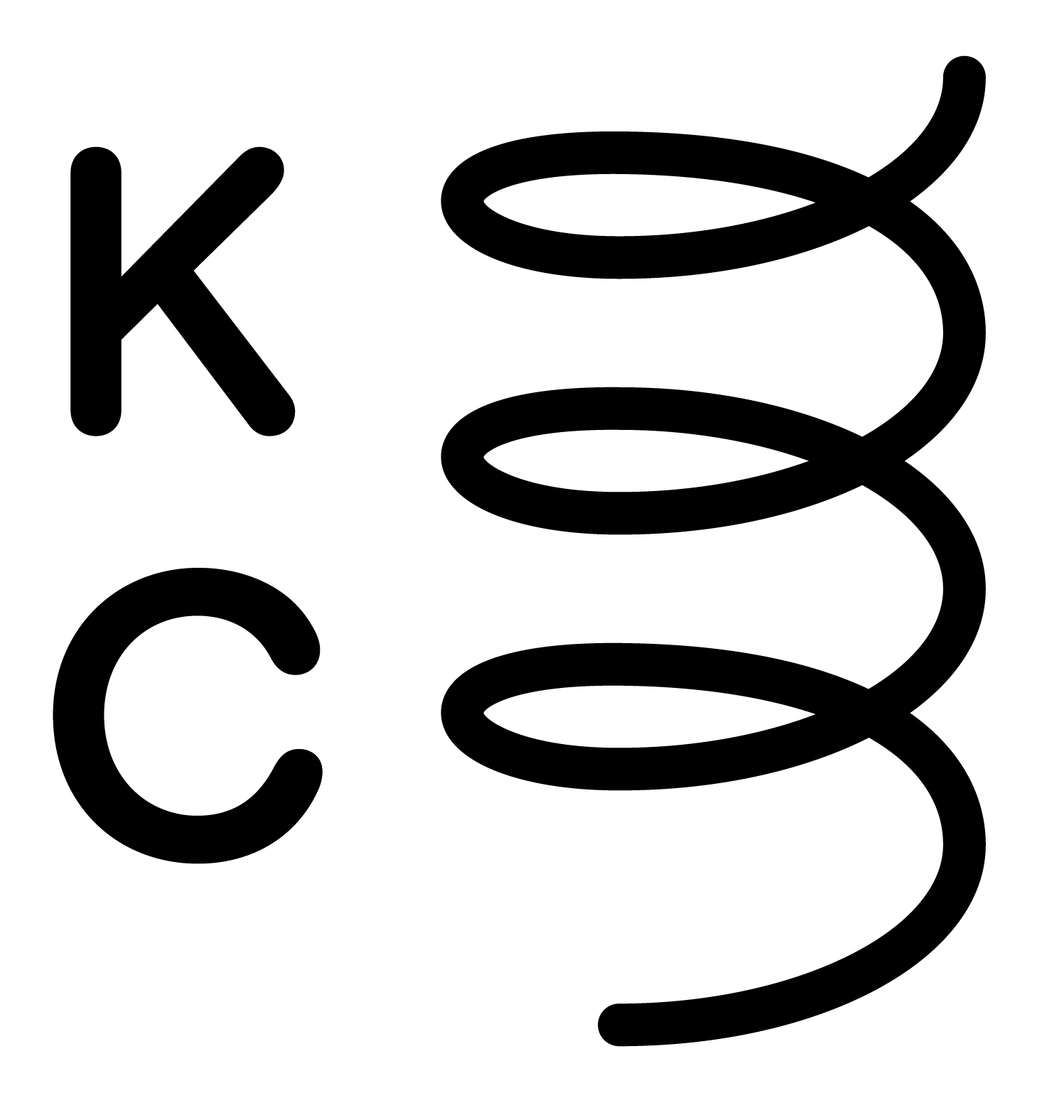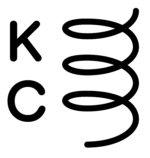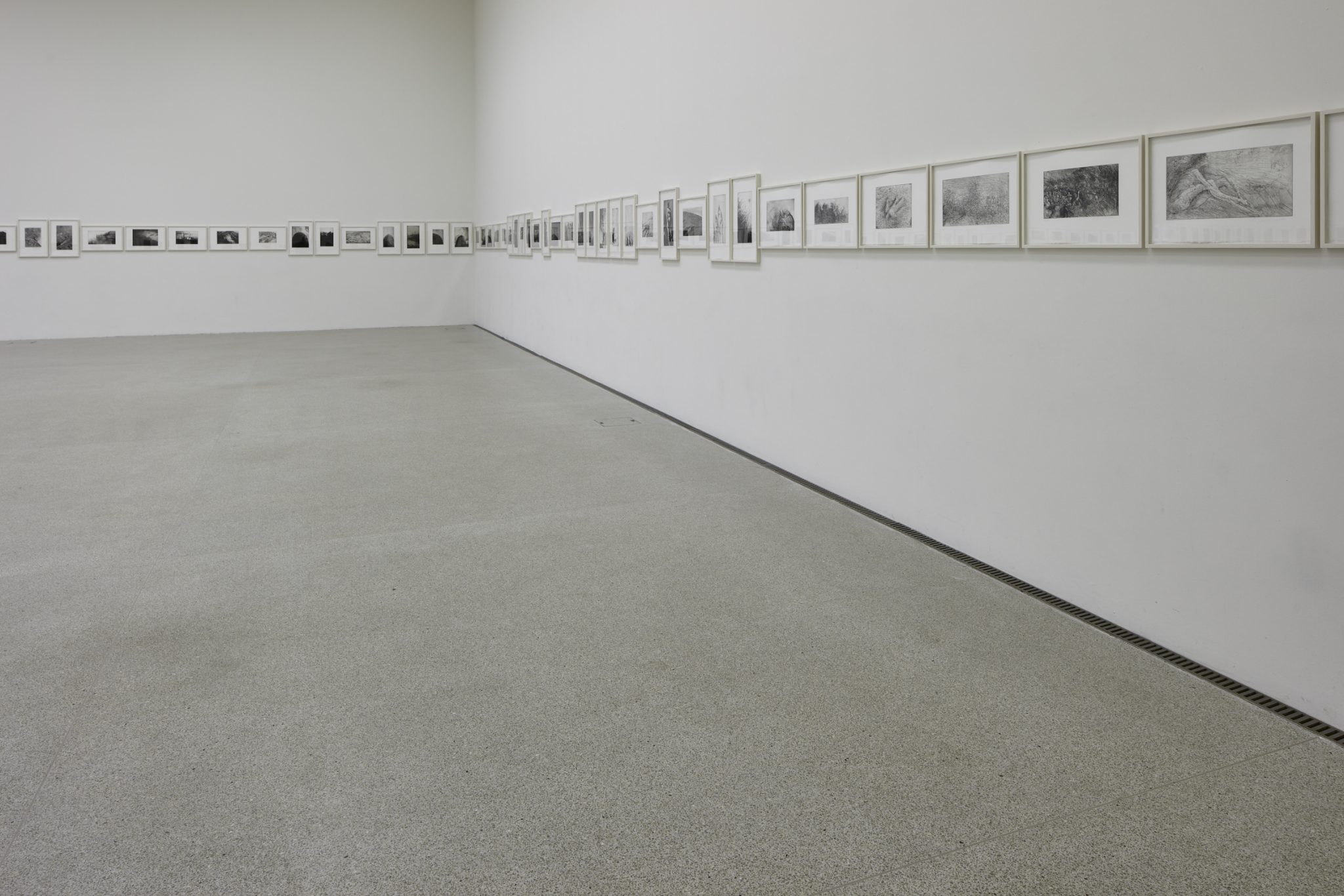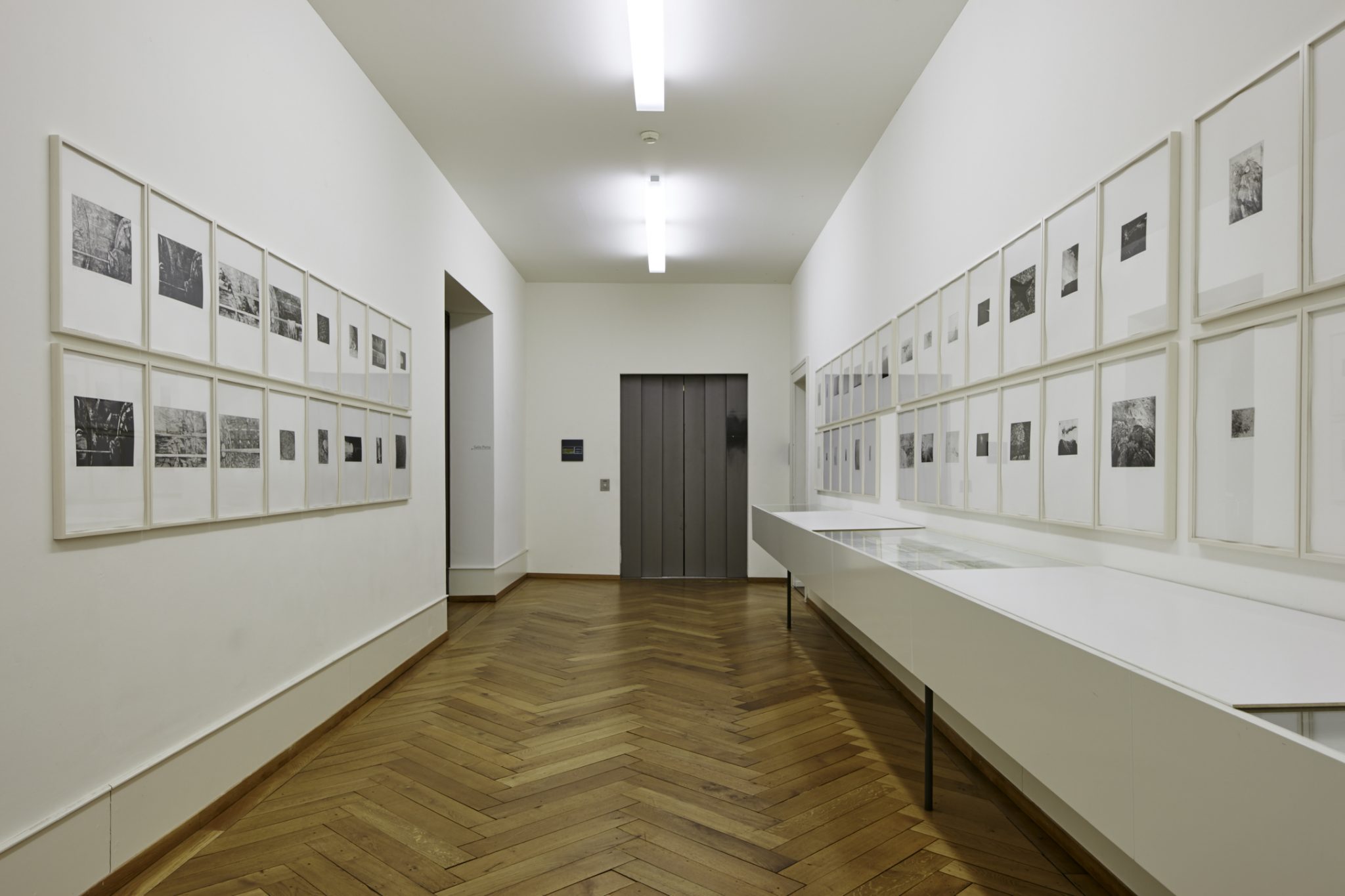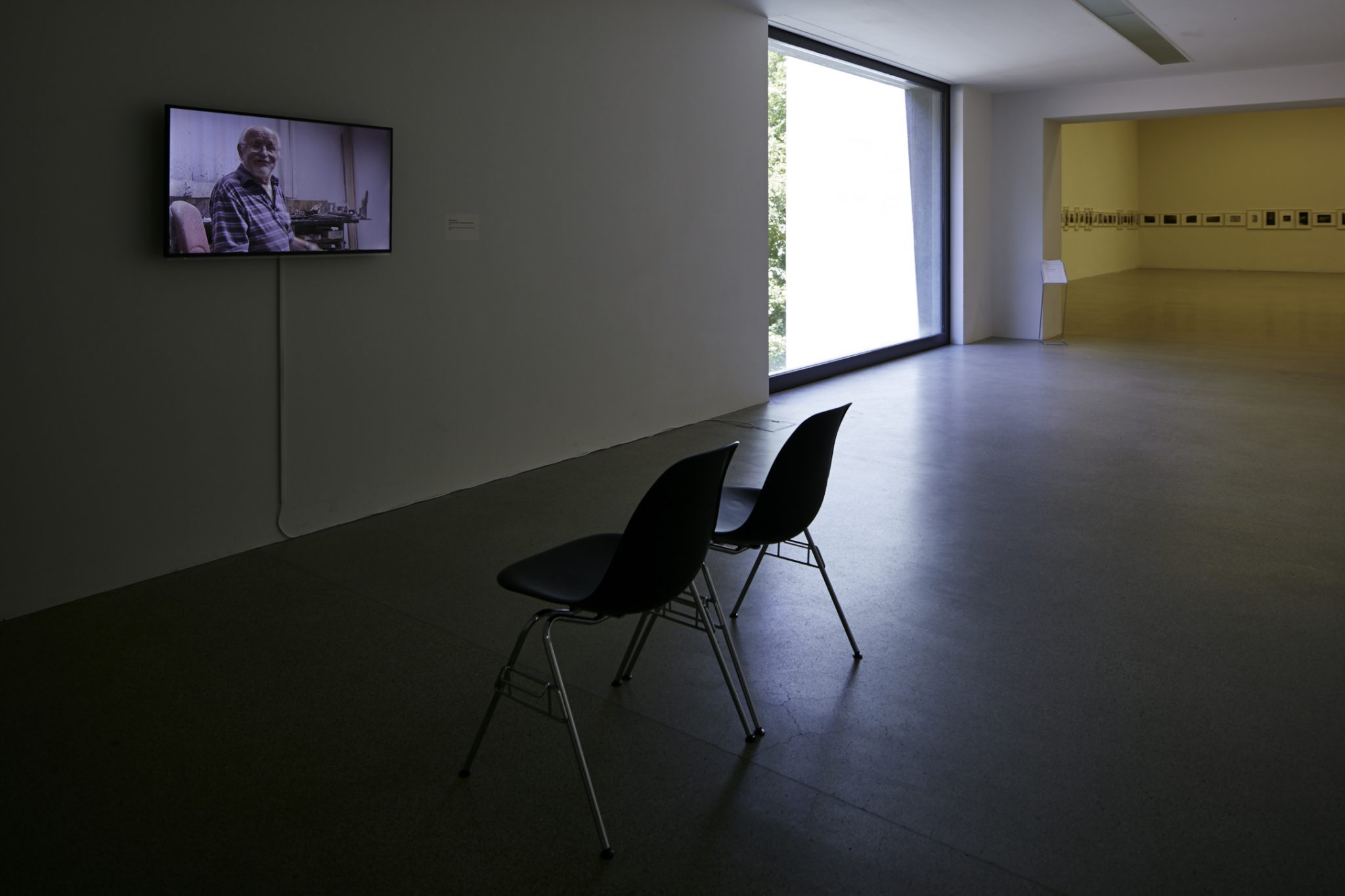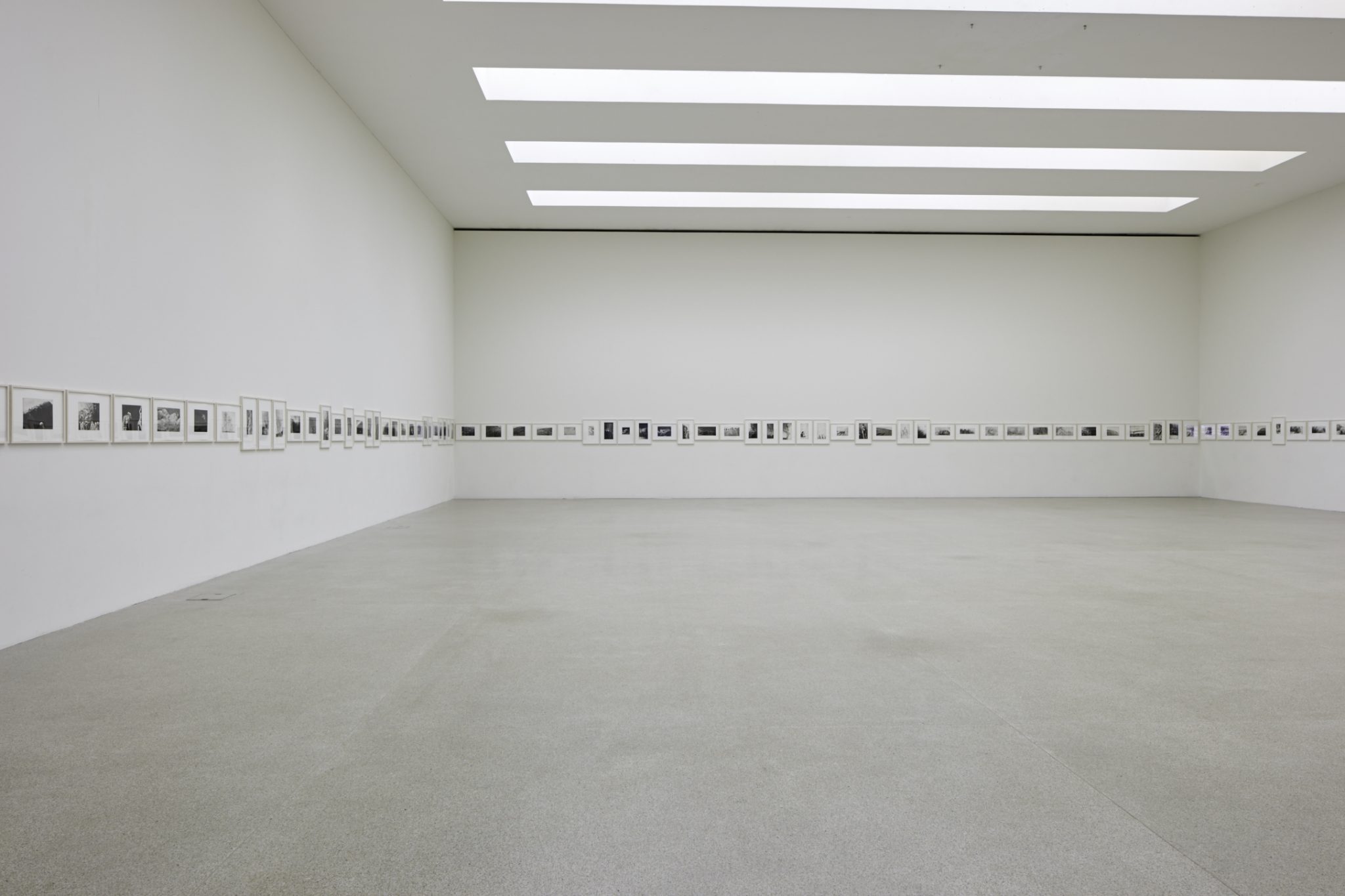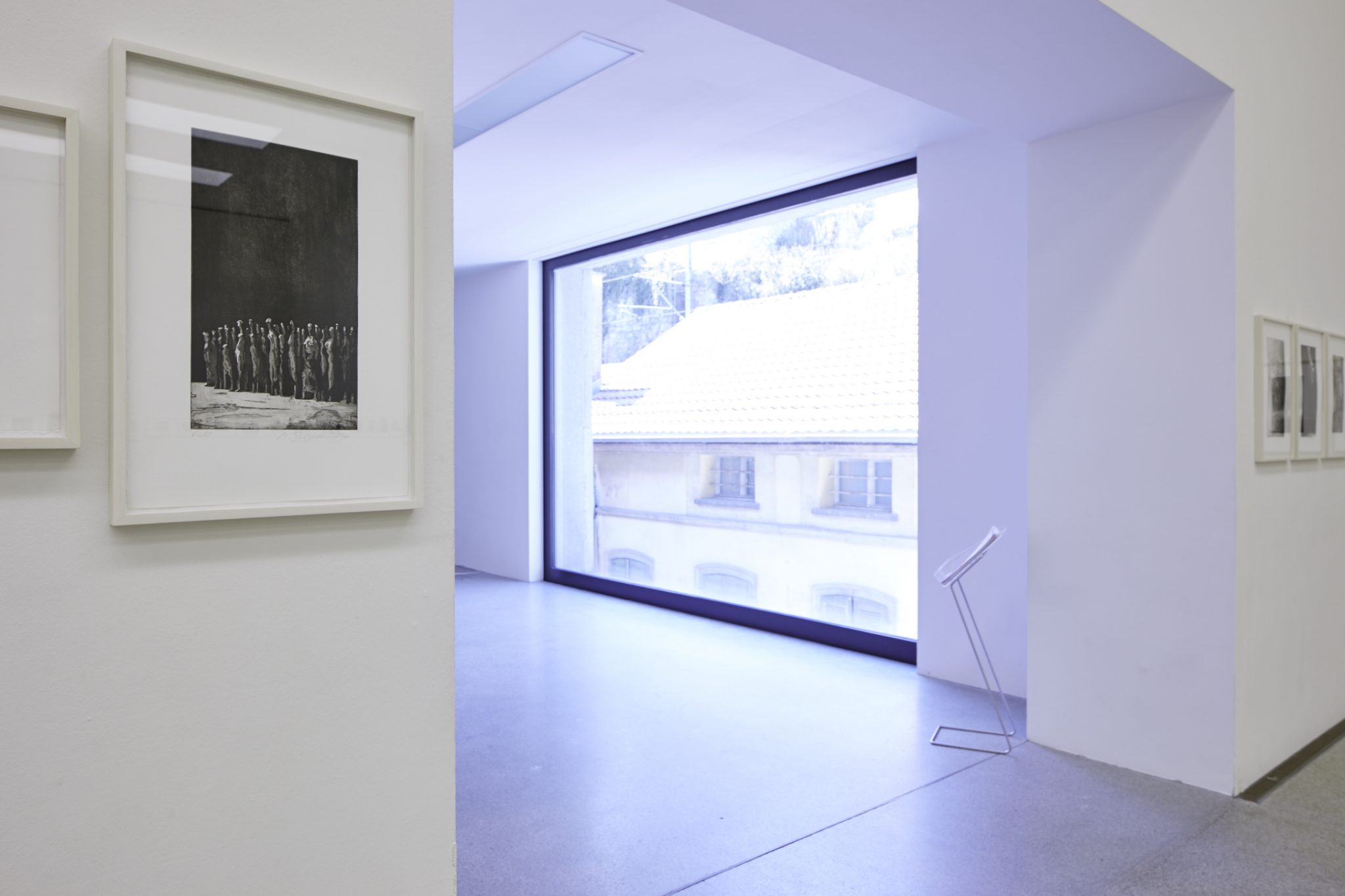

Martin Ziegelmüller
27 July 2015 – 22 November 2015
Martin Ziegelmüller
27.7.2015-22.11.2015
Martin Ziegelmüller (b. 1935 in Graben near Herzogenbuchsee, lives in Vinelz) has been one of the most important and influential artists of the region and beyond since the 1970s. He is as well known for his printmaking as for his oil paintings and watercolours. This exhibition is dedicated to two cycles of etchings which reveal his apocalyptic and often witty visions of the relationship between humans and nature. Juxtaposed with the cycle Rauch der Hexenfeuer, 1990-1996, which Ziegelmüller donated to the Kunsthaus-Collection CentrePasquArt Foundation, is the „male“ counterpart, Teilchenbeschleuniger, 2013-2014. Rauch der Hexenfeuer teems with executioners and both genuine and fake witches. However, the cycle also shows violent storms, mysterious moonlit nights and magical landscapes. Black, wild images alternate with calm, almost lyrical scenes. In contrast, the Teilchenbeschleuniger pursues the questions of space and time, theories of physics, digitalisation and speed. Here, the entire view of the world is dissolved in rushing and whirling particles and is an attempt to make visible the invisible.
Printmaking, in particular etching, has an important place in Ziegelmüller’s oeuvre. He regards the medium as an outlet for „releasing the excess pressure of ideas which would otherwise affect my painting… The fact that over time I’ve also developed a black sense of humour has been positive for my printmaking. It’s a way of achieving the necessary distance. Creating fables in printmaking is enriching; in painting humour is often a burden.“ In order that the immediacy of drawing is not lost, he works directly on the copper plate grounded with a black asphalt varnish. Technically as well as thematically Ziegelmüller combines in the Teilchenbeschleuniger cycle the knowledge that he has acquired over decades. In the process he deliberately works with mistakes as a creative impulse through which he can experiment with further ideas.
The groups of work Rauch der Hexenfeuer and Teilchenbeschleuniger consist of eleven respectively eight cycles. Although the two cycles are 20 years apart, their juxtaposition makes clear, on the one hand, the development in Ziegelmüller’s work and, on the other, themes – for example, the landscape, animals and apocalyptic scenes – which the artist has been investigating continually since his earliest works. Rauch der Hexenfeuer was triggered by the atrocities during the war in Yugoslavia, which for Ziegelmüller exhibited a marked similarity to the witch trials in the Middle Ages. This specific situation is only indirectly apparent in the prints of Rauch der Hexenfeuer. These show, however, a broad spectrum of figures, a large cosmos of human emotions and various perspectives on our dealings with each other. In Rauch der Hexenfeuer the artist aimed to make visible the things that we cannot or do not wish to see, including emotions such as greed, hate or fear.
Inspired by CERN, the Teilchenbeschleuniger presents physicists in their laboratories surrounded by equipment, however, like Rauch der Hexenfeuer, the series is also a metaphor for much more. In Martin Ziegelmüller’s words the cycle is about „…things we know but can’t see. We know that the atom exists, but nobody has ever seen one. That has a big influence on us, for we know that the world is actually quite different to how we see it.“ Evolution is presented in abstract form, via movement, light and dark. It is also via the comparison between the romantic and ancient landscape and very contemporary cities that the artist connects our past with a possible future. This layering of past, present and future is also visualised in the last cycle in the depiction of a crystal crevice. The crystal not only makes visible the thoughts of the physicists in CERN but in the last sheets of Teilchenbeschleuniger resounds like an echo of Rauch der Hexenfeuer. The similarities between the two cycles are particularly apparent in the following statement by Martin Ziegelmüller: „With these last two crystal crevices I knew that I had to achieve something that was begun in the Hexenzyklus but was never fully brought to bear. One can see caves, vaginas, ominous things….“
With the generous support of the Foundation Kunsthaus-Sammlung CentrePasquArt (Alice Meier Fonds).
Publication accompanying the exhibition: On the occasion of the exhibition will be released which has been generously supported by Heinz Trösch.
Curator of the exhibition: Felicity Lunn, Direktorin Kunsthaus CentrePasquArt Biel Bienne
